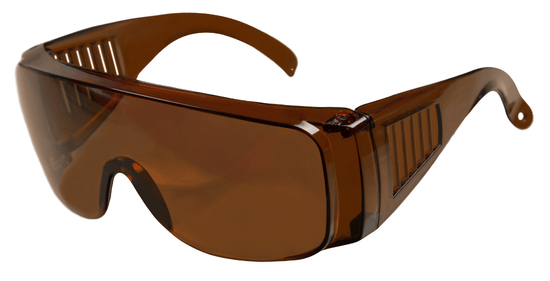
Properties and Overview of PMMA (Polymethyl Methacrylate)
Overview:
 PMMA (Polymethyl Methacrylate) is a lightweight, durable thermoplastic renowned for its optical clarity and weather resistance. Often marketed under trade names like Plexiglas and Acrylite, PMMA is a transparent alternative to glass, offering similar clarity with more excellent impact resistance and significantly lower weight. These properties, combined with its versatility, make PMMA a popular material in industries ranging from construction and automotive to medical and consumer goods.
PMMA (Polymethyl Methacrylate) is a lightweight, durable thermoplastic renowned for its optical clarity and weather resistance. Often marketed under trade names like Plexiglas and Acrylite, PMMA is a transparent alternative to glass, offering similar clarity with more excellent impact resistance and significantly lower weight. These properties, combined with its versatility, make PMMA a popular material in industries ranging from construction and automotive to medical and consumer goods.
Production:
The production of PMMA involves polymerizing methyl methacrylate monomers using free radical polymerization techniques, often in bulk or suspension processes. This controlled production produces a polymer with high purity and consistent optical properties. PMMA can be processed through various methods, including extrusion, injection molding, and casting, allowing for the creation of sheets, rods, and complex shapes. Its ability to be easily machined, thermoformed, and polished further enhances its adaptability for diverse applications.
Applications:
PMMA's applications span various industries due to its clarity, durability, and weather resistance. In the construction sector, it is used for skylights, windows, and signage, where its transparency and UV resistance ensure long-term performance and aesthetic appeal. The automotive industry relies on PMMA for headlamp lenses, interior trims, and exterior panels, benefiting from its lightweight nature and ability to withstand impact. Due to its biocompatibility and clarity, PMMA is used for medical applications for intraocular lenses, orthopedic cement, and dental prosthetics. Additionally, PMMA is a key material for displays, lighting fixtures, and protective screens in electronics and consumer goods, where its optical and mechanical properties shine. Its artistic and decorative use in furniture, aquariums, and exhibition displays further underscores its versatility.
Summary:
Polymethyl Methacrylate is a highly adaptable and durable polymer that combines optical clarity, weather resistance, and ease of processing. Its ability to replace traditional glass in demanding applications highlights its importance in modern engineering and design. As innovation expands its potential uses, PMMA remains vital in industries seeking lightweight, transparent, and sustainable solutions for diverse challenges. Its enduring relevance ensures its place as a cornerstone material in architecture, healthcare, and technology.
See a comprehensive list of electrical, mechanical, physical and thermal properties for PMMA (Polymethyl Methacrylate) below:
Electrical Properties of PMMA (Polymethyl Methacrylate)
Unfamiliar with a property? Click it's description to be given a full definition in the GLOSSARY
See properties and overview for
ALLOYS and CHEMICAL ELEMENTS
popular in engineering
Require different units not displayed?
CONVERT VARIOUS UNITS HERE
Mechanical Properties of PMMA (Polymethyl Methacrylate)
Unfamiliar with a property? Click it's description to be given a full definition in the GLOSSARY
See properties and overview for
ALLOYS and CHEMICAL ELEMENTS
popular in engineering
Require different units not displayed?
CONVERT VARIOUS UNITS HERE
Physical Properties of PMMA (Polymethyl Methacrylate)
Unfamiliar with a property? Click it's description to be given a full definition in the GLOSSARY
See properties and overview for
ALLOYS and CHEMICAL ELEMENTS
popular in engineering
Require different units not displayed?
CONVERT VARIOUS UNITS HERE
Thermal Properties of PMMA (Polymethyl Methacrylate)
Unfamiliar with a property? Click it's description to be given a full definition in the GLOSSARY
See properties and overview for
ALLOYS and CHEMICAL ELEMENTS
popular in engineering
Require different units not displayed?
CONVERT VARIOUS UNITS HERE
 ADDED TO MY FAVORITES!
ADDED TO MY FAVORITES! REMOVED FROM MY FAVORITES!
REMOVED FROM MY FAVORITES!